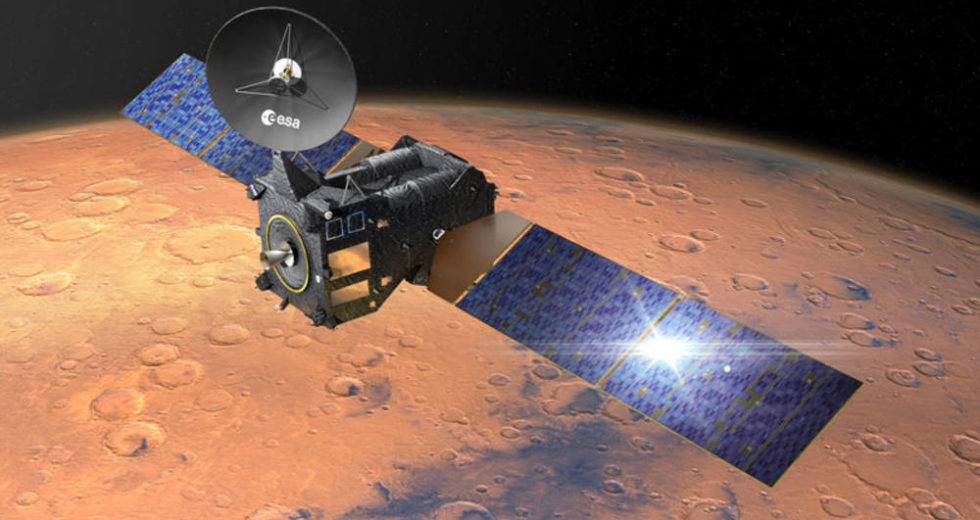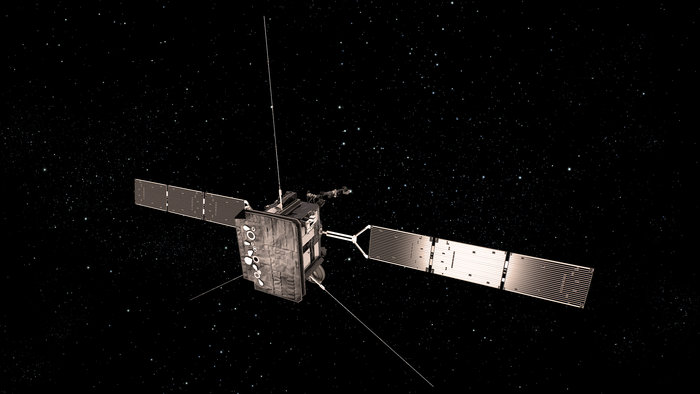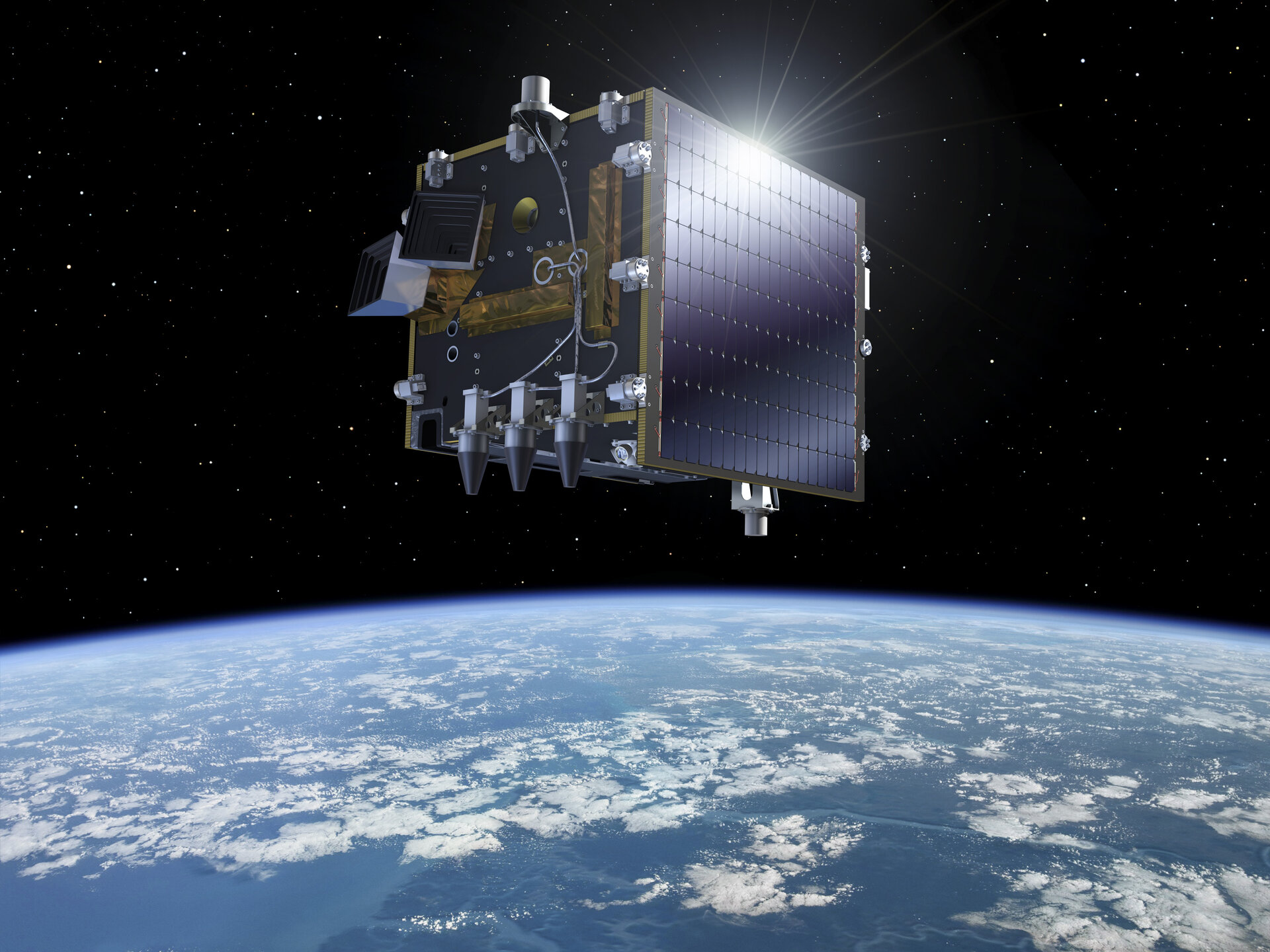Space Engineering
Working in Norway as a Systems Manager, I was technically responsible for the space-flight qualification of Solar Array Drive Mechanisms (SADM's) used to rotate solar arrays and take power and signals to the spacecraft.
Space-flight qualification was performed using an Engineering Qualification Model (EQM), where the EQM itself is identical to the Flight Model (FM), but is tested to much higher levels. The tests are also performed at the Full Test Levels that the FM is tested at, so that when the FM is tested, the results can be compared to the EQM. Assuming the EQM passed the test requirements, it can then be assumed that the FM would also pass at the higher levels without having to 'over-stress' it.
As a key member of a small team of around 30, I was expected to participate in all areas including supporting or managing testing and assembly. I became the department vibration specialist, Managing all the Vibration and Shock tests including vibration analysis with recommendation of notching where necessary.
I acted as technical authority in all meetings with the customer and ESA, and generated a wide range of technical documents to ECSS level including the initial Verification Control Document (VCD), Design Description and Justification, Test Procedures and Reports, and the Final Report.
In Belgium, my title was 'Space Engineer', working on optical assemblies for Proba satellites. This included the camera housings with stray light diffusers, optical assemblies and test equipment such as collimators. I performed vibration tests on optical assemblies at the test facilities at Liege, with vibration analysis.
In Luxembourg, I was Principal Mechanical Engineer on two research projects, one of which was developing in-space manufacturing of CFRP beams using the pultrusion method, whereby various carbon fibre tapes are pulled through a die to generate the required shape, then coated with a resin thich is cured in an oven. The other project involved developing geolocation principals such as TDoA and FDoA in order to locate weak hand-held radio signals used during illegal shipping activities. My RF knowledge was important as I had full understanding of the RF engineers requirements.
Download a copy of my space resumé here.Click on the pictures for more information.

Sentinels 1 & 3
Orbiting the earth once every 90 minutes, the Sentinel satellites are part of the Copernicus program, monitoring changes to ice caps and rain forests as a result of climatic influence.

ExoMars
Part of the ill-fated ExoMars program launched in 2016, The Trace Gas Orbiter (TGO) is still operating and performing most of the tasks it was initially intended to do. The only difference is that it doesn't relay back the information from the lander, which hit the Martian surface a little too hard!

Solar Orbiter
Launched in February 2020, Solar Orbiter became 'live' in November 2021. The closest point in its orbit to the sun is just 42 million km. At this distance it gets pretty hot, so the angle of the solar panels with respect to the sun itself is critical. Too steep and they burn up. Too shallow and they don't produce enough power.

Proba V
The 'V' stands for Vegetation as this satellite maps land cover and vegetation growth across the planet.